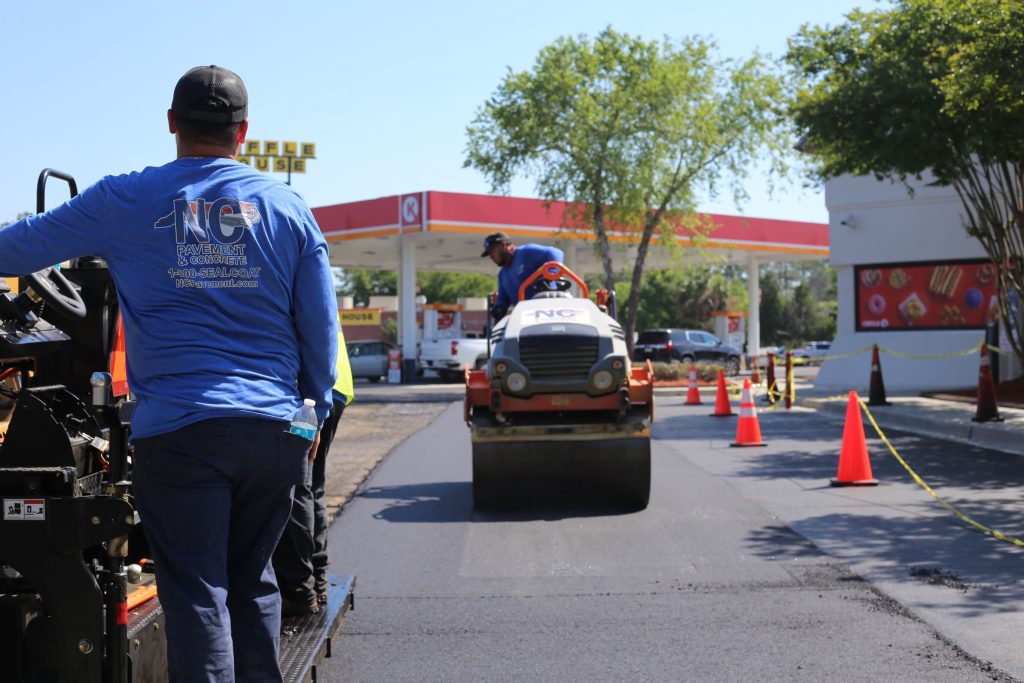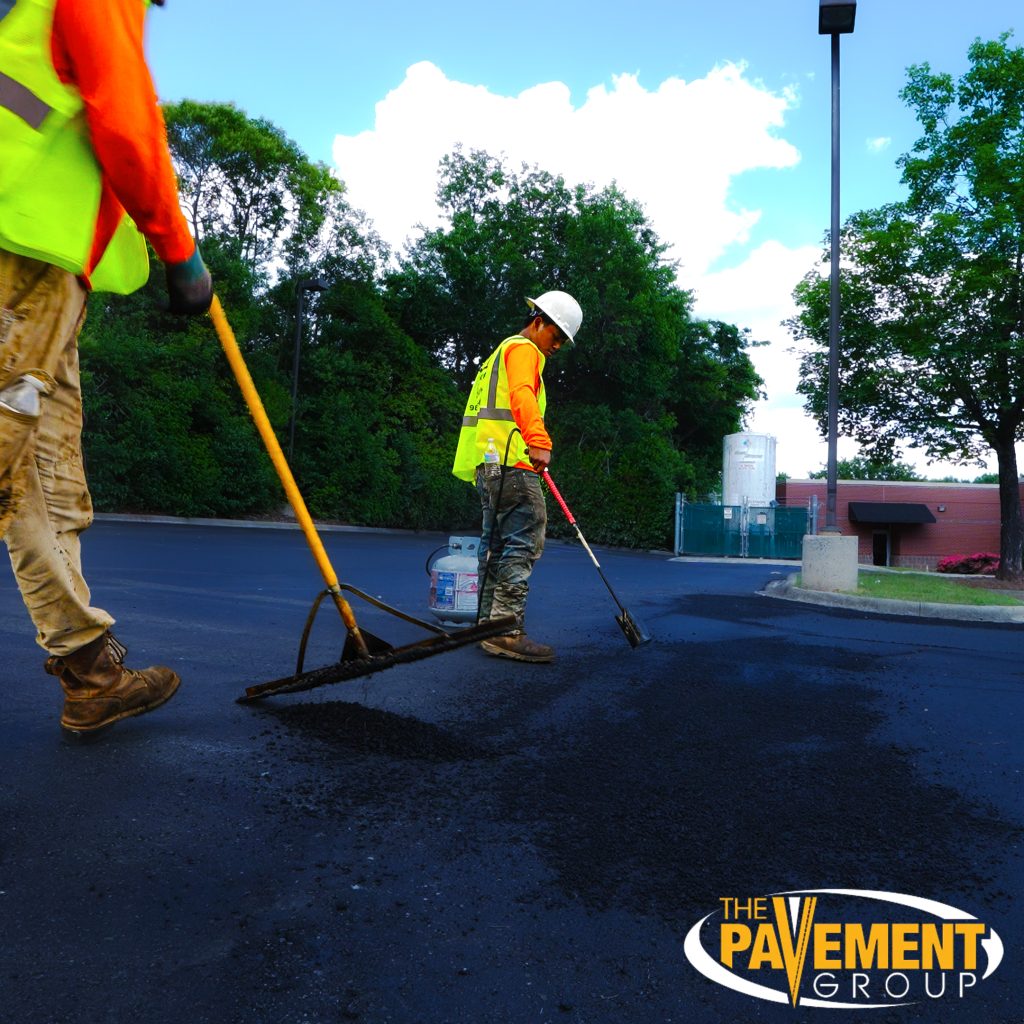If you are a facility manager, you must be very familiar with the extensive scale of maintaining pavement drainage for assets like parking lots & industrial properties. These in-ground drains are an integral part of the pavement drainage system, yet there is so much about them that we don’t know.
The Pavement Group specializes in the construction & maintenance of paved structures across the US. And as we are so honed in regular maintenance on such a major scale, we know there is more to catch basins than managing rainwater and ensuring storm runoff. Though commonly overlooked, catch basins are a crucial part of a city’s infrastructure. They are important in mitigating flooding and keeping your facility clean and void of pooling water.
Here are some unknown and interesting facts about catch basins that all facility managers should know.
What is a Catch Basin?
A catch basin is a storm drain that diverts water away from a property and into the public sewage or drainage system. The main goal is to prevent street flooding and damage to private properties.
Catch basins store rainwater, melting snow, and run-off and transport it to a sump, reservoir, or treatment center. They are also known as storm drains, curb inlets, or street inlets.
Catch basins come in various shapes and sizes, but they all have one thing in common – they need to be able to handle a lot of water quickly.
What Material is a Catch Basin Made Of?
Concrete, plastic, metal, and stone are a few common materials utilized in making catch basins. The type of material used depends on the needs of the area where the catch basin is located. For example, concrete is a durable material that can withstand heavy traffic, while plastic is more lightweight and less expensive. Suppose your facility is prone to heavy showers and frequent outbursts. In that case, you might need a catch basin with durable materials capable of withstanding the pressure.
Where is a Catch Basin Located?
A catch basin is a container at the bottom of a drainage system. You can locate it at the end of a downspout or in a depression on the ground. It allows them to collect water from a large area and direct it into a smaller space.
The Size and Capacity:
The size of a catch basin depends on the surrounding area’s needs. For example, a factory with lots of run-off near a catch basin will be more significant to accommodate the extra water. The depth also varies depending on location. In general, they are between two and four feet deep.
Types of Opening:
Catch basins can have either square or round openings. The former is more common because it’s easier to fit into sidewalks and other areas where space might be limited. However, round openings are not as likely to get clogged by debris.
Types of Catch Basins:
There are two main types of catch basins: wet and dry.
Wet catch basins are helpful in areas with a lot of rainfall. They operate by collecting water and preventing flooding.
On the other hand, dry catch basins are ideal for drier climates. They are used to collect run-off from streets and sidewalks so that it doesn’t seep into the ground and cause problems like erosion.
Ending Note:
Without adequate cleaning, catch basins will get clogged. A professional with enough expertise and the right equipment can clean catch basins without causing any damage. Next time you’re faced with a broken or clogged catch basin, don’t despair. The Pavement Group is here to help. We specialize in catch basin maintenance and repair services in Pittsburgh, PA. We’re the “best paving group in the country,” We’ll work hard to solve the biggest pavement problems facility managers face. Contact us today for a free pavement assessment.


